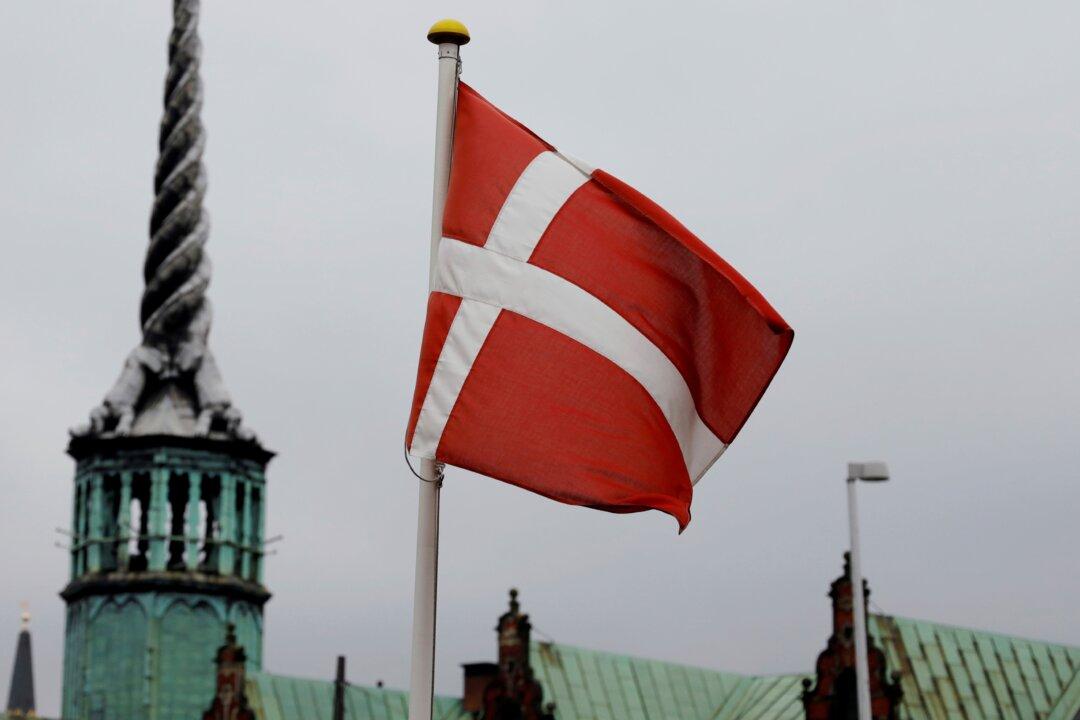Inflation in the northern European country of Denmark has hit a four-decade high amid soaring food and energy costs, officials said on Monday.
Copenhagen-based Statistics Denmark, a Danish governmental organization under the Ministry of the Interior and Housing, said the nation’s Consumer Price Index soared 8.9 percent in August from a year prior and was up from 8.7 percent in July.





